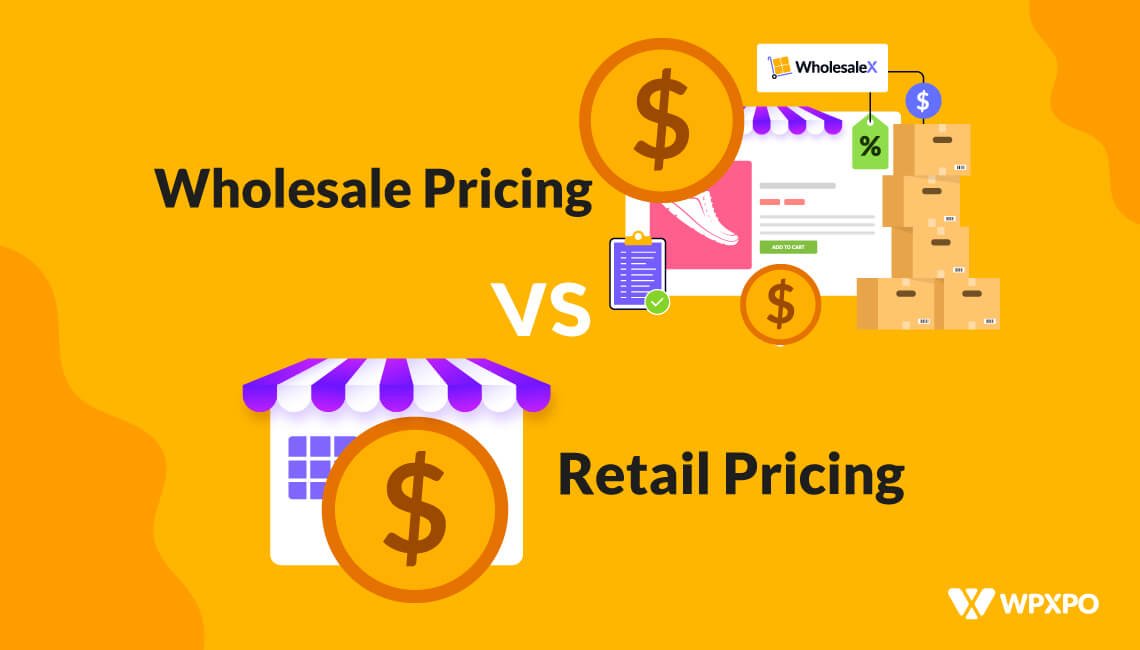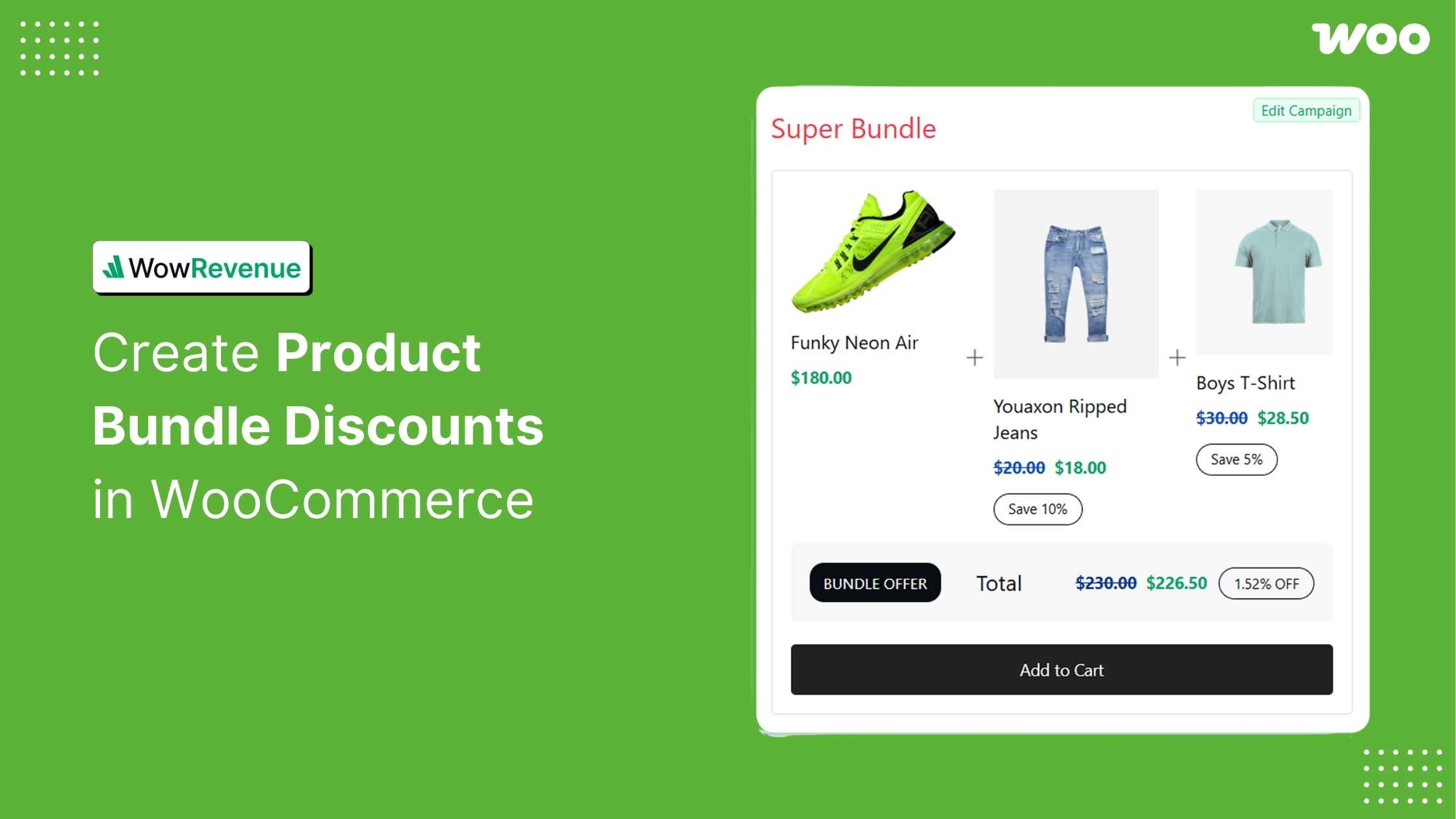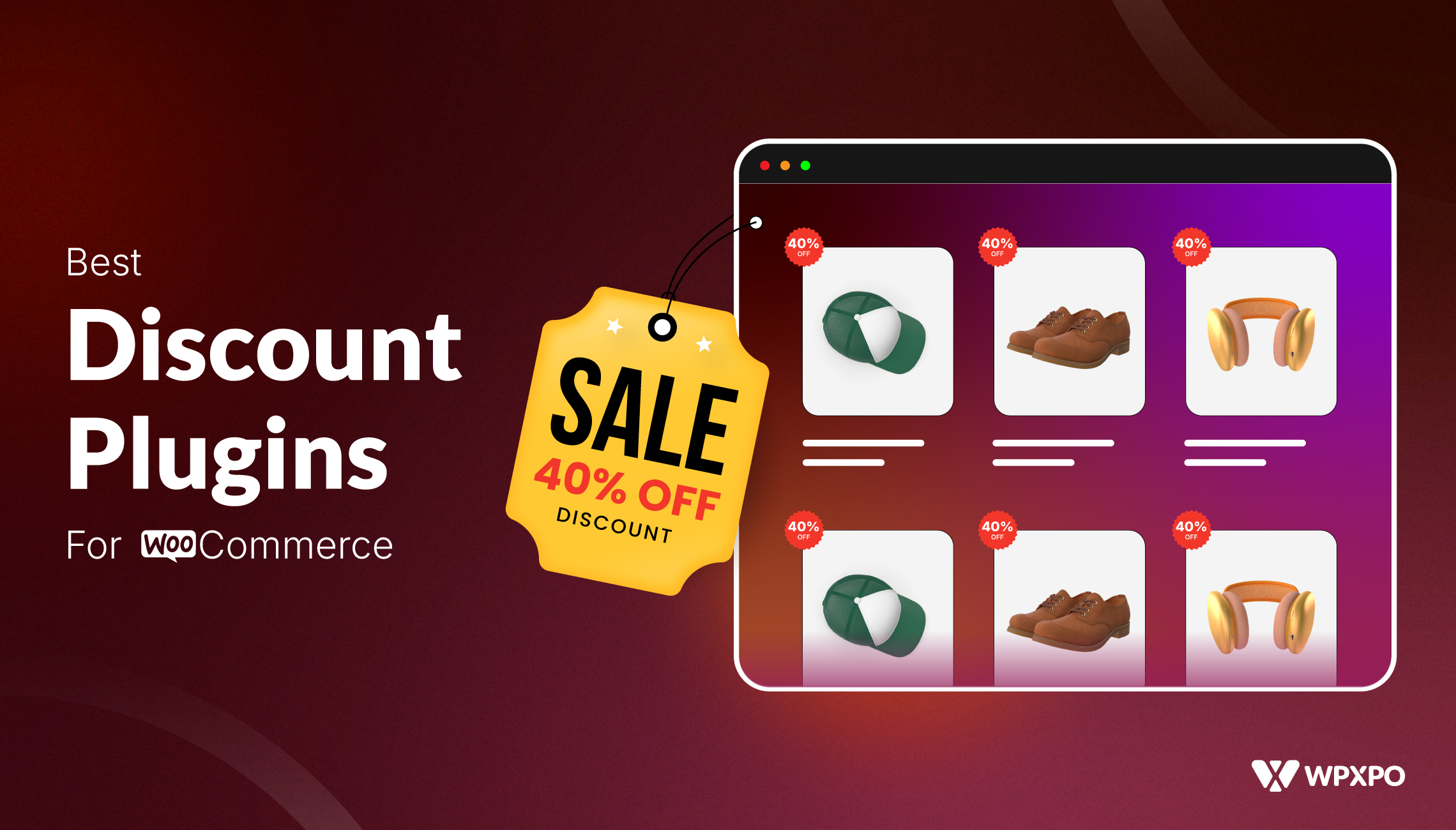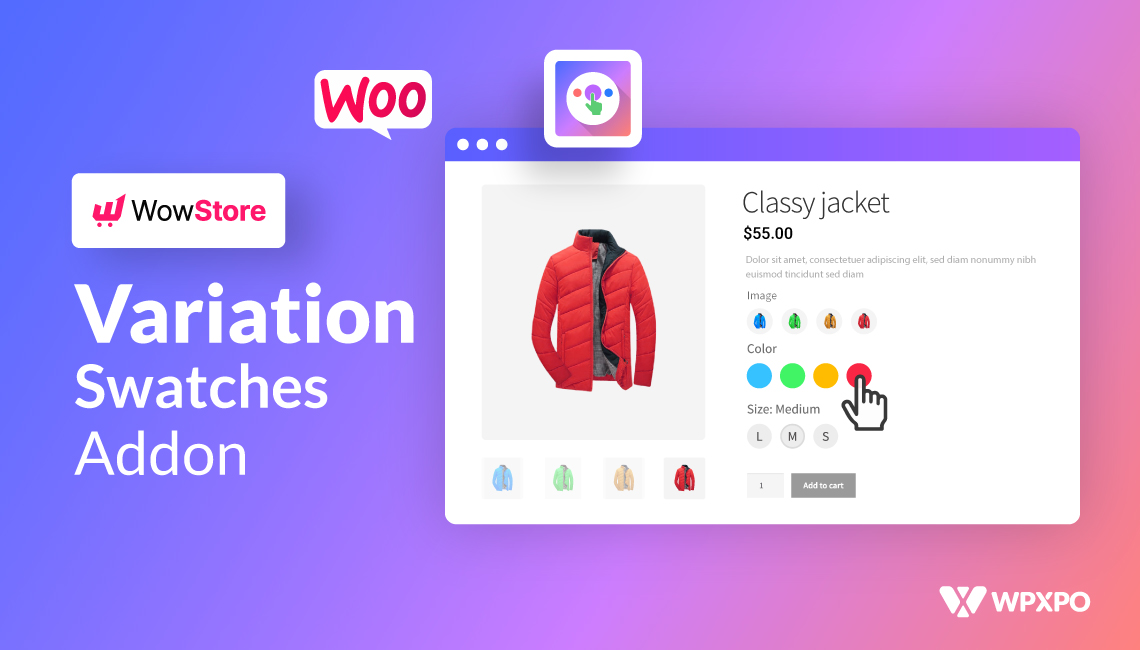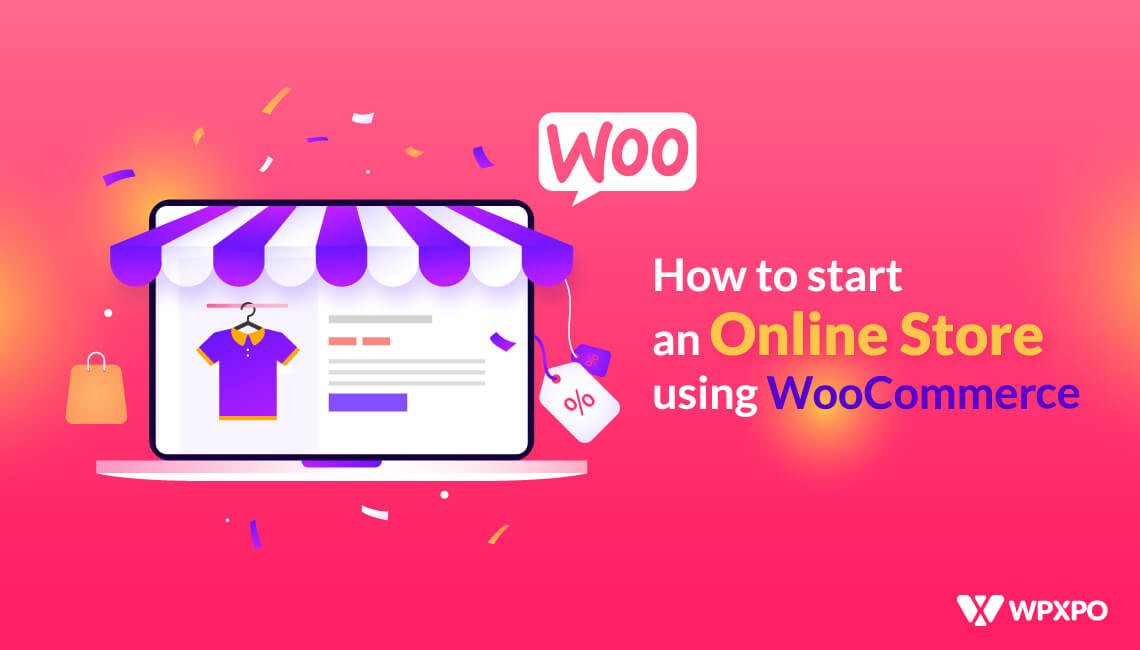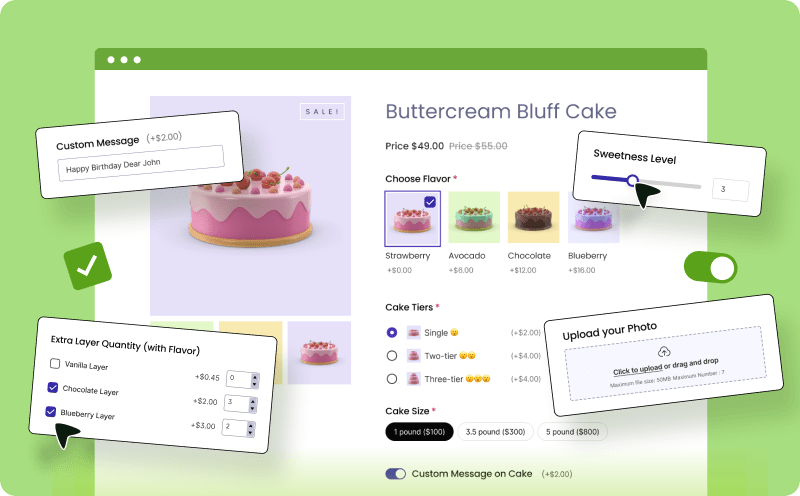Pricing the product is a headache for every new and emerging business, especially when it comes to setting different wholesale and retail prices.
Before rushing to pricing blindly, you need to know the differences between the wholesale price and retail price. The main difference is wholesale drives supply and retail drives demand.
Interesting, right? I have got more. I was in the same place you are now. Let me share my perspective.
Wholesale prices are what businesses pay to buy in bulk, aiming for low cost and high volume. Retail prices are what end consumers pay, marked up to include profit and overhead. The key difference lies in the target customer, purpose, and profit margin.
The wholesale price is the amount businesses pay when buying products in bulk from suppliers, while the retail price is what customers pay at stores. Wholesale pricing focuses on cost efficiency and volume, whereas retail pricing includes markups for overhead and profit. Retail prices are always higher than wholesale to ensure margins.
That’s not the end of it. Here in this blog, you will learn about what wholesale and retail pricing are, their differences, what pricing markup is, and a bonus section. So let’s dive in ⏬
What is Wholesale and Wholesale Pricing?
The term wholesale may apply to two different types of businesses. Businesses sometimes stock up on products in bulk from manufacturers, then resale those products to customers at a profit.
Commonly wholesale is used to describe companies that manufacture their own goods and sell them to retailers rather than directly to consumers.
Wholesale Pricing
The term wholesale pricing refers to the discounted cost at which goods and services are sold to commercial purchasers making bulk purchases.
Want some secret strategy on wholesale pricing? Check out our 25 Secret Wholesale Pricing Strategies
Let’s Explain Wholesale Pricing
The wholesale price is what a retailer pays to a manufacturer or distributor for a product before any markups or additional fees.
Manufacturer prices will always be lower than distributor prices because of the nature of the supply chain. The distributor makes money via high volume and is willing to accept a modest markup from retailers in exchange for more sales.
The wholesale price is typically based on several factors, including the cost of materials, labor, and overhead.
- The cost of materials is the cost of the raw materials that go into making the product.
- The cost of labor is the cost of the people who make the product, such as factory workers and designers.
- Overhead includes the cost of running the business, such as rent, utilities, and other expenses.
Wholesale prices are just slightly lower than the MSRP (The manufacturer’s suggested retail price).
What is Retail and Retail Pricing?
When a company sells an item directly to an end user, we call it a retail sale. The fact that the buyer is an end user characterizes this exchange as a retail one.
The buying and selling process may occur through many channels, including the traditional storefronts, internet, telephone, and postal mail.
What does retail price mean?
On the other hand, the retail price of a product is the amount of money a customer pays for it in a store.
When store owners set pricing, they often prioritize making as much money as possible while still charging customers a fair price. Retailers may take a manufacturer’s suggested retail price and adjust it to fit the company’s broader plan for making the goods.
Manufacturers often determine the wholesale price by calculating a markup percentage. For example, if the base cost of a product is $10 and the markup percentage is 25%, the wholesale price would be $12.50.
In most cases, the retail price will be much higher than the wholesale price; the difference provides the merchant with the profit he needs to stay in business. The retailer can take advantage of more affordable wholesale costs when purchasing in large quantities.
The retail price is determined by several factors, including the cost of the product and its associated overhead, the value of the product as perceived by the customer, the current market trends and demand for the product, and the competitive landscape of the product’s niche.
- The cost of the product includes the cost of raw materials and labor and the overhead costs associated with production, such as utilities and transportation.
- The cost of the product is typically the starting point when the retail price is determined.
- Market trends and demand for the product also play a role in determining the retail price. If the demand for a product is high, the price of the product is likely to be higher to capitalize on the demand.
- If many competitors offer similar products, the retail price may need to be lower to remain competitive.
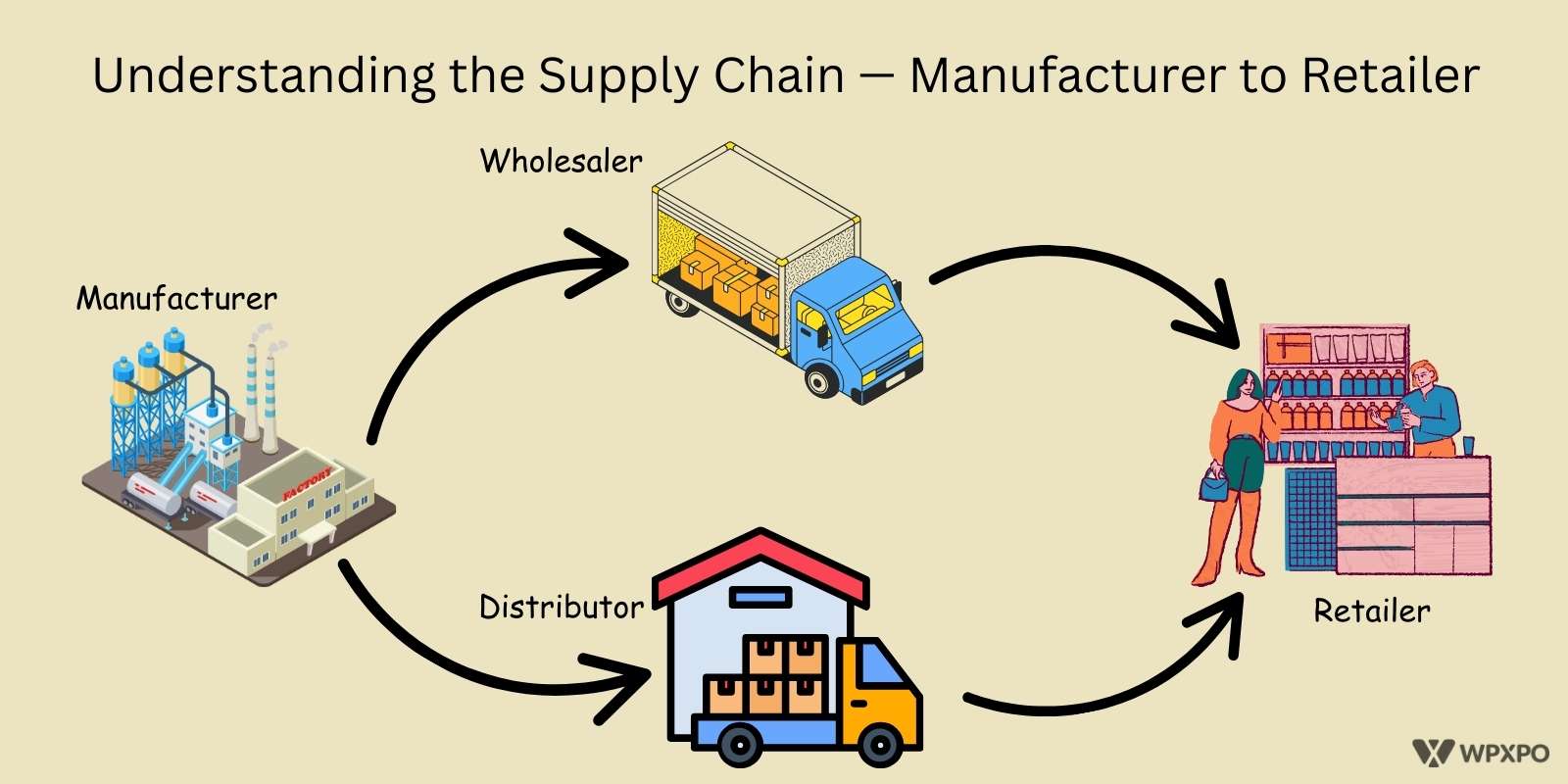
Difference between the Wholesale Price and Retail Price
So what are the differences between the wholesale and retail prices? Let’s explain based on these contexts,
- Target Customer: Wholesale prices are for bulk buyers, like resellers, while retail prices are meant for individual consumers.
- Pricing Strategy: Wholesale prices aim to cover basic costs with minimal markup, whereas retail prices include higher markups for added value and branding.
- Purpose: Wholesale is about selling in bulk at lower prices, while retail focuses on selling smaller quantities at a higher price to individual buyers.
- Profit Margin: Wholesale has smaller margins due to volume sales, while retail prices incorporate larger margins for covering operating costs and profits.
- Price Factors: Wholesale pricing is based on production costs and bulk purchasing, whereas retail pricing also considers consumer demand, convenience, and brand value.
At a glance: Wholesale price vs Retail price
| Aspect | Wholesale | Retail |
|---|---|---|
| Target Audience | Bulk buyers, resellers, and businesses | Individual consumers |
| Pricing Strategy | Minimal markup, cost-focused | Higher markup, value, and brand-focused |
| Purpose | To sell in large quantities at a lower price | To sell smaller quantities at a profit |
| Profit Margin | Smaller margins focused on volume | Larger margins, often higher than wholesale |
| Price Factors | Production cost, bulk discount | Branding, demand, convenience, and value |
Is the Wholesale Price Always Half of the Retail Price?
As you already know the wholesale price is lower than the retail price. But how low? Many people ask if the wholesale price should be half of the retail price.
In short, no; the wholesale price should not be half of the retail price. Why, you might ask? Because you need to understand the markup factor to understand how exactly you should price. So, markup price can be a determining factor to understand the difference between wholesale and retail price.
The cost of manufacturing I discussed earlier is directly connected to this. You need to make a profit by wholesaling no matter the margin. If,
- You produce the product and sell it to the distributor.
- You buy the product from the manufacturer and sell it to the retailer.
You need to set the price according to your cost and profit markup.
For example, if the wholesale cost of a product is $10 and the retailer wants to earn a 20% profit margin, the retail price will be $12 ($10 + 20% = $12).
Understanding Markup: Key to Pricing
You may noticed that I have mentioned the term Markup several times now. So what is markup?
The markup is an important factor in business when setting the pricing of products. It’s the difference between the cost of the product and the price it’s sold at.
Understanding the markup factor and how it affects pricing is essential for businesses to be profitable.
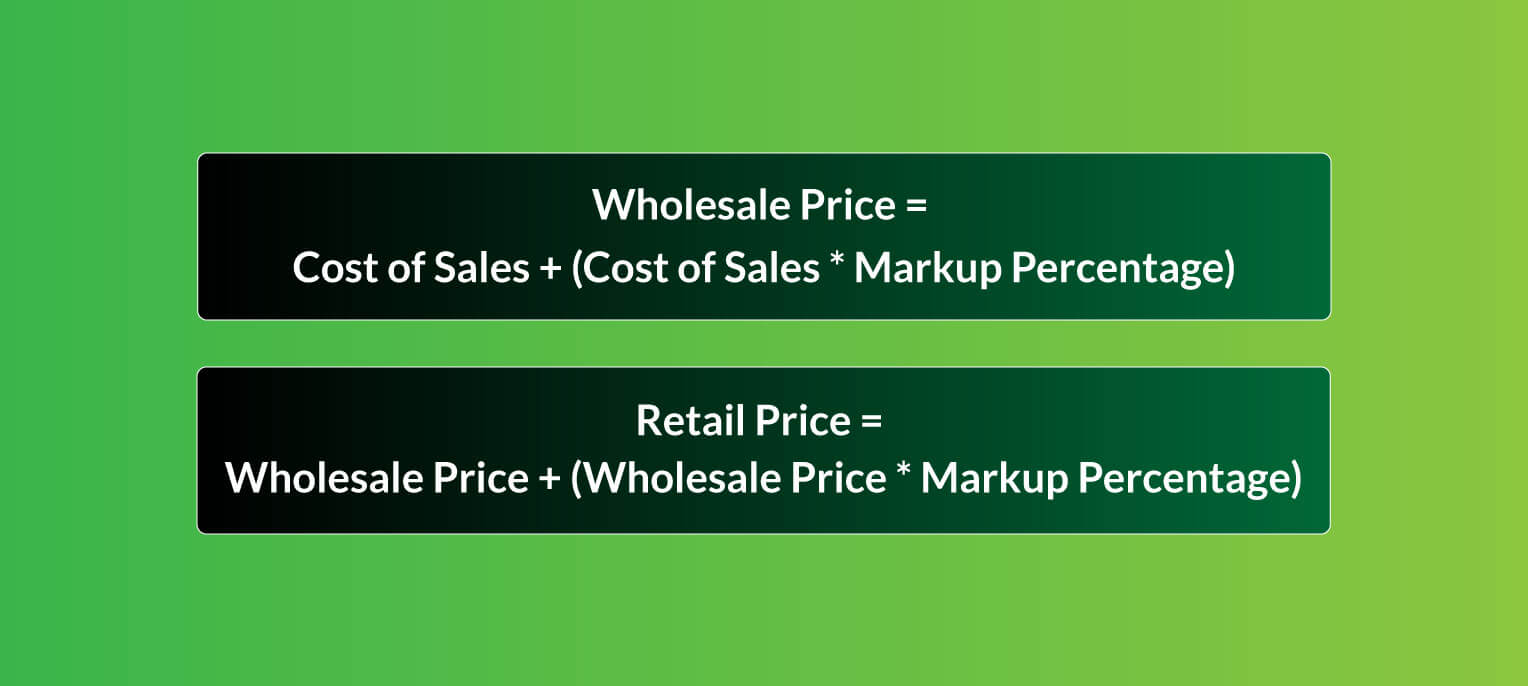
The markup factor can be expressed as a percentage of the cost of the product that is added to the cost to determine the price for the customer.
It is the amount of money that a business charges for the product over and above what it costs them to acquire it, and it’s used to cover the costs associated with doing business and making a profit.
At the retail level, the markup factor is typically higher than at the wholesale level. This is because the retailer sells the product at a higher price to the end customer, allowing them to make a larger profit.
The markup factor at the retail level can be anywhere from 50% to 100% of the cost of the product.
Examples of Markup in Action
Imagine you’re a clothing retailer:
- The wholesale price for a T-shirt: $10 (this is what you pay to the supplier)
- Retail price for customers: $25
Your markup is calculated as:
Markup Percentage=(Retail Price−Wholesale Price/ Wholesale Price)×100=(25−10/10)×100=150
You applied a 150% markup to cover store overheads, branding, and profit. This helps sustain the business while providing value to the customer.
Again, Imagine you’re a coffee supplier:
- Wholesale price for a bag of coffee beans: $15
- Retail price for customers: $30
Your markup is calculated as:
Markup Percentage=(Retail Price−Wholesale Price/ Wholesale Price)×100=(30-15/15)×100=100
You applied a 100% markup, which helps cover costs like roasting, packaging, and business operations while ensuring profit.
How can WholesaleX Contribute to Your Pricing
So far you’ve understood the concept of wholesale and retail pricing, the differences between them, and the markup factor that distinguishes them.
Now, you can run your business keeping these in mind. But you need to manage the pricing rule that varies from your different customer, product, and business scale.
Yes, business is kinda complex but don’t worry. You have got WholesaleX. It’s the most advanced WooCommerce wholesale plugin that comes with all the essential features that an ideal wholesaling store should have.
How can you use WholesaleX to control your pricing?
WholesaleX allows its users to override the built-in woocommerce setting to customize it for different user roles and products. With its dynamic rules feature, you can use more than 15 types of rules to control your pricing.
Tips & Tricks for Setting Wholesale and Retail Prices
To get the ultimate success from your business, you need to set the prices strategically. Here’s some tips & tricks for you.
- Determine your costs first: Break down all costs — from production and shipping to packaging and storage. This ensures that your pricing covers your expenses and generates profit.
- Factor in market demand: Up-to-date with what customers are willing to pay for similar products. Adjust prices based on the demand.
- Consider your competition: Research competitors’ pricing. Differentiate your products based on unique value propositions, like better quality or customer service. Don’t just blindly copy your competitors.
- Use tiered pricing for wholesale: Offer discounts for bulk purchases to incentivize larger orders. Use WholesaleX to set quantity-based pricing rules.
- Regularly review prices: Pricing is dynamic. Adjust your prices periodically, especially if costs rise or if you notice shifts in consumer preferences or competitor pricing strategies.
- Experiment with different customer types: Apply different prices for different types of customers. It will help you get an insight into customers’ demands. You can use WholesaleX’s user role-based pricing strategy.
Final Thoughts
In conclusion, businesses need to understand the difference between wholesale and retail. Knowing the difference can help to set prices that will maximize their profits while still being competitive in the marketplace.
You can use that understanding to increase your B2B business. Also, you should set prices for different user roles to stay ahead of the game.
While you cannot do it by default, WholesaleX — a WooCommerce B2B, B2C, and B2B+C hybrid plugin to help you with the complete process.
You can ask your further queries in the comment section. 🚀
FAQs
Can I use WholesaleX for my retail store?
Yes, of course. WholesaleX provides B2B, B2C, and hybrid solutions for WooCommerce store owners.
What is the ideal wholesale markup?
There is no specific range to define the ideal markup percentage. It depends on your total cost and the market condition. It can differ in location, industry, and time.
What if I set the wholesale and retail prices the same?
Naturally, store owners don’t set the same pricing for wholesale and retail selling. However, if you do it whatsoever you may face significant loss on either or both sides. If you bring your wholesale price to the retail level, both groups of customers will exploit your limit in the long run.
